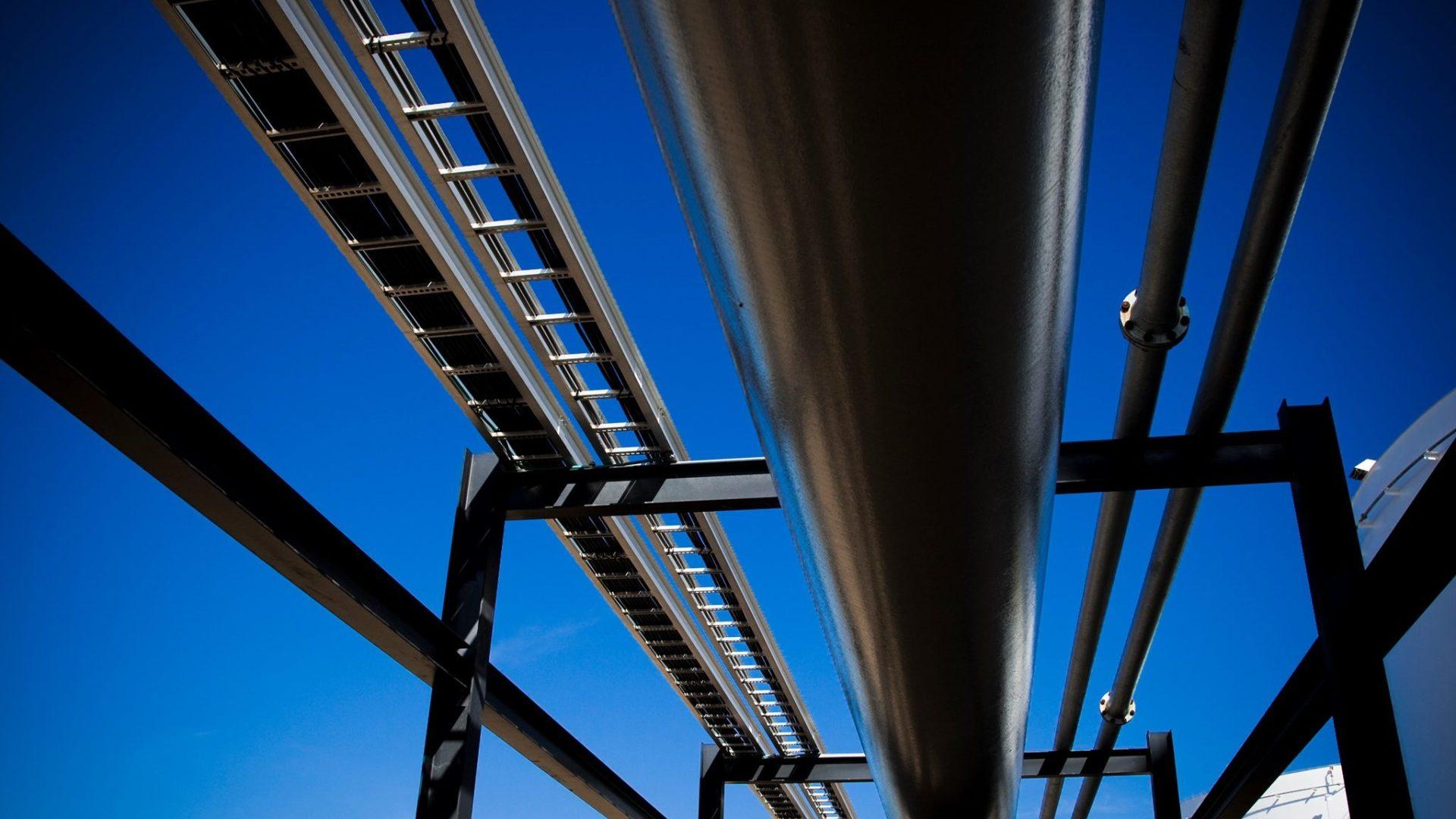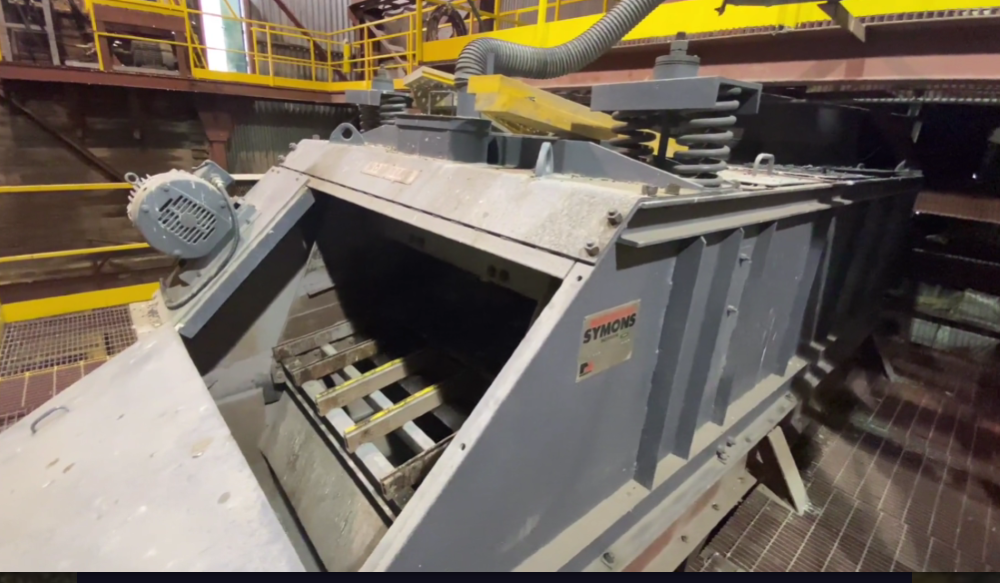Alberta Indigenous Opportunities Corporation ownership support surpasses $500 million

Participating communities are the Buffalo Lake Métis Settlement, Kikino Métis Settlement, Heart Lake First Nation #469, Saddle Lake Cree Nation #125, and Whitefish Lake First Nation #128.
“We’ve become very focused and sophisticated in our economic development portfolios,” says Tony Bagga, a Heart Lake First Nation executive and president of the Northern Lakeland Indigenous Alliance – a recently created entity that will manage the ownership on behalf of the bands.
“We are looking to advance our vision of self-sustainability and prosperity. Transactions such as this will bring multigenerational revenue to the communities involved which we can put to use in underfunded community initiatives such as infrastructure, healthy living, cultural events, etcetera.”
The Access NGL pipeline system connects Wolf Midstream’s recently constructed natural gas liquids (NGL) recovery facility near Mariana Lake southwest of Fort McMurray to its NGL separation facility north of Edmonton.

Location map of Wolf Midstream Access NGL pipeline system. Image courtesy Wolf Midstream
NGLs like ethane, propane and butane are recovered during oil and gas processing. They have a variety of uses including as a petrochemical feedstock for generating everyday products, as well as heating, cooking and blending for vehicle fuel.
Acquiring an ownership stake in the Wolf Midstream NGL system “will help support the foundation of our Nations,” Bagga says.
“The proceeds from this transaction will support our pillars such as promotion and retention of Indigenous culture, education, recreation, health, and promoting programming for our youth and Elders,” he says.
“We a see this as a step in the right direction to economic reconciliation. Our communities will see direct benefits from the proceeds of this project, which will uplift our communities and support future generations. We are in hopes that this will inspire future participation for us and others.”
The Indigenous Resource Network (IRN) is calling for a national loan guarantee program like want is offered by the AIOC to help more communities take ownership of resource projects. This would help address what the IRN calls a “crisis-level lack of opportunity” for Indigenous communities across Canada.
“We’re incredibly excited and pleased that there’s another investment, another opportunity, and more communities brought in,” says IRN executive director John Desjarlais.
“The loan guarantee program works; it helps to de-risk. It’s governments engaging and facilitating good, affordable access to capital that helps to drive economic reconciliation. It’s very much a success in terms of what we hope to see on a national level.”
The AIOC was created in 2019 to cultivate Indigenous prosperity through investment in Alberta’s natural resource, agriculture, telecommunication, and transportation sectors. The organization mandate is to deliver up to $1 billion in investment support for qualified Indigenous communities that make a minimum $20 million investment.
So far, the AIOC has delivered $513 million in loan guarantees through five transactions – with the Cascade Power Project, Northern Courier Pipeline, Lindbergh Cogeneration Facility, Enbridge oil sands pipeline system, and the Wolf Midstream Access NGL pipeline system.
Twenty-seven Indigenous communities have developed project ownership through the AIOC, including 17 Alberta First Nations and 10 Métis communities.
“Stronger Indigenous communities make for a stronger Alberta and a stronger Canada,” says Chana Martineau, CEO of the AIOC.
“If you think about the ripple effect in a pond, as those communities strengthen, they then grow and invest and impact all the communities around them.”
AIOC projects are creating consistent, multigenerational revenue streams, she says. In addition to local projects and infrastructure, Indigenous communities can invest funds to pursue additional profit-generating ventures, says Martineau, who is from the Frog Lake First Nation.
“To build whatever the community most needs enables them to achieve their own goals,” she says. “All of our projects are designed to provide immediate return to Indigenous communities and Canadian corporations are increasingly valuing these partnerships.”
Indigenous ownership of major energy projects is also ramping up in British Columbia.
The proposed $3 billion Cedar LNG facility in Kitimat, 50 per cent owned by the Haisla Nation, would be the first Indigenous-owned LNG terminal in the world and could be in operation by 2027. The project holds significant potential for economic and social transformation in the region, say stakeholders.
Also on the west coast, the Nisga’a Nation near Prince Rupert and its partners have proposed the $10 billion Ksi Lisims LNG terminal on Pearse Island – the project has entered B.C.’s environmental review process.
Sixteen Indigenous communities along the $14.5 billion Coastal GasLink pipeline, which will feed natural gas from northeast B.C. to LNG Canada and Cedar LNG, have signed a 10 per cent ownership stake once the project is completed in 2023.
Share This:
Next Article






